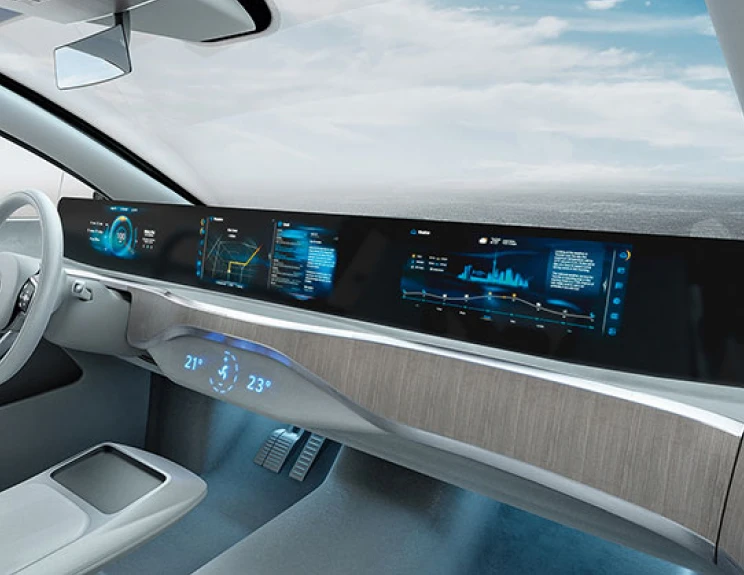
In today’s fast-evolving insurance landscape, companies face mounting challenges in managing legacy systems, consolidating disparate customer data, and accelerating product delivery. A 360-degree view of the customer has become more critical than ever to drive engagement, streamline operations, and create a unique experience. Emerging technologies like low-code and no-code solutions are stepping in as powerful enablers for these transformations. Low-code enables companies to build and deploy software applications or websites with no or minimal coding.
The Challenges of Legacy Systems and Data Silos
Insurance organizations, particularly larger firms, often operate with legacy systems that are decades old. These systems, while reliable, can inhibit agility and innovation. Many insurers also grow through acquisitions, which results in disparate systems housing critical customer data. Consolidating this data to form a unified view of the customer becomes a daunting task.
Low-code solutions address this challenge by enabling rapid development and integration of digital "bolt-ons" around existing systems. These solutions create an engagement layer that allows customer-facing teams to access a “single pane of glass” dashboard without requiring full system overhauls. This approach reduces disruption while delivering immediate improvements in customer interaction and data accessibility.
Accelerating Time to Market
Insurance companies frequently struggle to bring new products to market quickly, often hindered by the lengthy development cycles associated with traditional coding. Low-code platforms drastically reduce the time needed to design and deploy solutions. What previously took months or even years can now be achieved in weeks. This increased agility allows insurers to respond to market demands, regulatory changes, and customer expectations more effectively. The technology available today continues to progress at a staggering rate – one that indicates those who are reluctant to adjust will fall off the pace of industry leaders. This mindset shift and strategy adjustment will be a major factor in differentiating between organizations that thrive and those that lose out.
Enabling Business Users Through Citizen Development
One of the game-changing aspects of low-code technology is its accessibility. Unlike traditional software development, which relies on specialized coding skills, low-code platforms empower business users to contribute to application creation. Through intuitive interfaces and drag-and-drop functionality, employees can develop solutions tailored to specific business needs, fostering innovation across departments.
Governance remains a critical factor here. Establishing a well-defined center of excellence ensures that citizen developers operate within organizational standards, maintaining security and compliance while driving innovation.
The Role of Sustainability and Automation
Sustainability is a growing focus for the insurance industry, and low-code solutions contribute by automating manual, paper-heavy processes. For instance, claims management can be transformed with optical character recognition (OCR) and automated workflows, reducing both resource consumption and process inefficiencies. By leveraging automation, insurers can enhance their operational footprint and align with long-term environmental goals.
Future Trends: AI and No-Code Synergy
The future of insurance technology lies in the convergence of low-code platforms with generative AI. AI-powered tools are enabling citizen developers to create applications through natural language commands, reducing barriers to entry even further. Large language models (LLMs) embedded within applications provide advanced features like summarizing customer interactions, identifying churn risks, and recommending tailored products—all in real-time.
This synergy between no-code platforms and AI ensures that insurance companies can not only innovate faster but also deliver hyper-personalized customer experiences. By democratizing technology development, insurers can unlock new efficiencies while tackling legacy system challenges.
In a previous FPT software article, we mentioned Low-code and no-code platforms are revolutionizing software development by offering scalability, agility, and accessibility, with Gartner predicting that 70% of new enterprise applications will use these technologies by 2025. The integration of AI, such as ChatGPT, amplifies this transformation, enabling faster prototyping, efficient debugging, and the creation of AI-enabled applications with minimal coding effort. By democratizing development, these tools empower non-technical users to contribute while freeing IT teams for strategic tasks. Despite concerns about job displacement and the complexities of governance, businesses can leverage AI-powered low-code platforms to drive innovation, streamline processes, and achieve substantial time savings—up to 80% in some cases. Ensuring robust governance and integrating skilled data scientists remain essential to navigate regulatory challenges and maintain flexibility in AI adoption.
The Path Forward
Low-code and no-code technologies are reshaping the insurance industry, offering solutions to long-standing challenges while driving innovation. By embracing these tools, insurers can create a holistic customer experience, improve agility, and position themselves for sustainable growth in an increasingly competitive market.
The adoption of these technologies isn’t just about modernizing systems—it’s about transforming the way insurers interact with their customers, optimize operations, and shape their future. The journey toward a 360-degree customer view starts with embracing the potential of low-code and AI-driven solutions.
If you’re interested in learning more about our low-code and no-code services, please visit our overview page here.






























